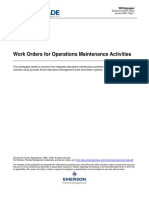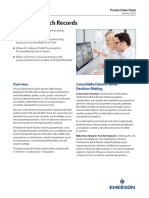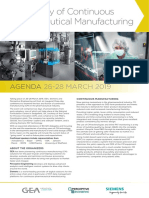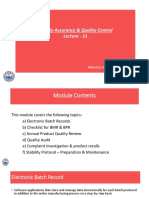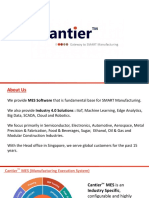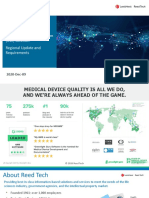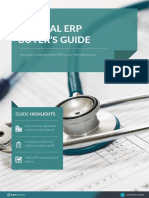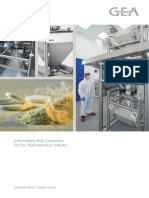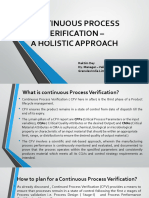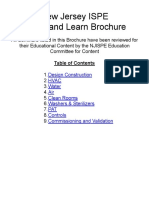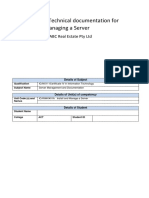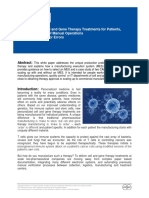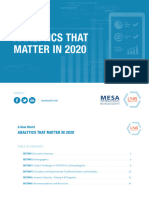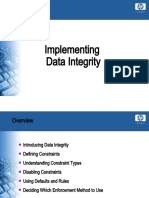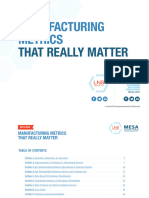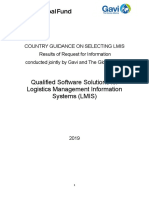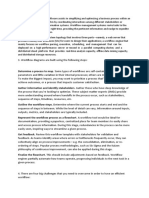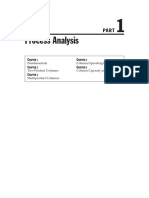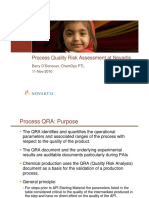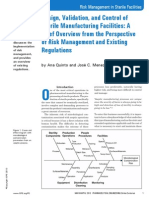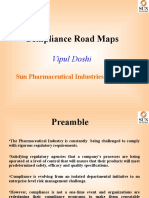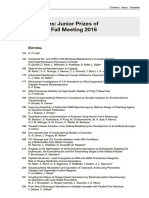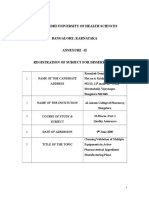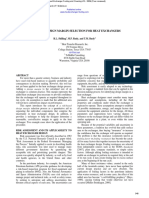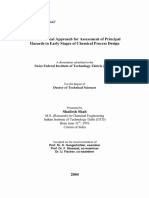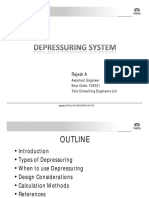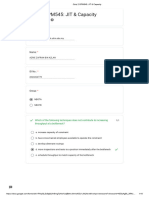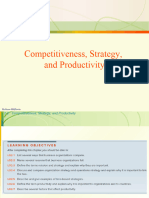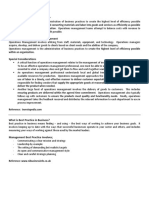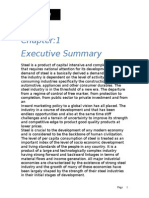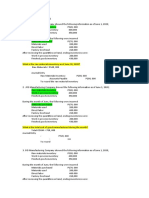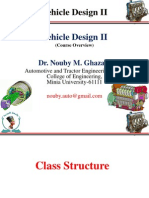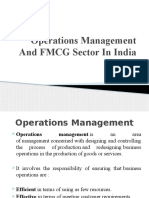0% found this document useful (0 votes)
84 views4 pagesPharma Manufacturing EBR Guide
Electronic batch records can save pharmaceutical companies effort and money by improving operations. Historic paper-based systems are inefficient and tie up working capital, while electronic records can streamline workflows, improve information flow, enhance quality and throughput, and reduce manufacturing costs while ensuring regulatory compliance. Adopting electronic batch records has significant benefits for the pharmaceutical industry in Asia and globally.
Uploaded by
kumar_chemicalCopyright
© © All Rights Reserved
We take content rights seriously. If you suspect this is your content, claim it here.
Available Formats
Download as PDF, TXT or read online on Scribd
0% found this document useful (0 votes)
84 views4 pagesPharma Manufacturing EBR Guide
Electronic batch records can save pharmaceutical companies effort and money by improving operations. Historic paper-based systems are inefficient and tie up working capital, while electronic records can streamline workflows, improve information flow, enhance quality and throughput, and reduce manufacturing costs while ensuring regulatory compliance. Adopting electronic batch records has significant benefits for the pharmaceutical industry in Asia and globally.
Uploaded by
kumar_chemicalCopyright
© © All Rights Reserved
We take content rights seriously. If you suspect this is your content, claim it here.
Available Formats
Download as PDF, TXT or read online on Scribd
/ 4

